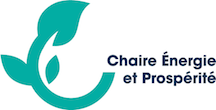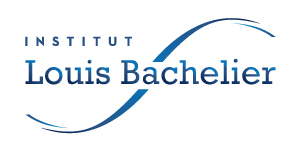Ut pellentesque libero ac magna ornare, eget dictum orci ultricies. In quis tortor semper, luctus dolor ut, adipiscing eros. Maecenas sed pharetra neque. Nullam id ipsum id quam ultrices luctus. Donec adipiscing augue non placerat consectetur. Aliquam erat volutpat.
Under non-exponential discounting, we develop a dynamic theory for stopping problems in continuous time. Our framework covers discount functions that induce decreasing impatience. Due to the inherent time inconsistency, we look for equilibrium stopping policies, formulated as fixed points of an operator. Under appropriate conditions, fixed-point iterations converge to equilibrium stopping policies.
How could the burden of GHG emission reduction be shared among countries? The article address this arguably basic question by purely statistical methods that do not rely on any normative judgment about the criteria according to which it should be answered.
Interconnected systems are prone to propagation of disturbances, which can undermine their resilience to external perturbations. Propagation dynamics can clearly be affected by potential time delays in the underlying processes. We investigate how such delays influence the resilience of production networks facing disruption of supply.
This thesis' goal is to study the influence of New Classical economists on macroeconomics in the 1970s, by appealing to an historiographical framework which puts at the heart the role played by the stagflation, and by confronting the results of this work to the standard narrative.
The goal of this paper is to propose and test stochastic differential equations for Goodwin’s model and one of its extension by using an estimation technique based on simulated maximum likelihood developed by Durham and Gallant (2002)
The Chair Energy and Prosperity Organized its thirs Workshop on Sustainable Mobility on November 9-10. You can download in this article the workshop's summary and all the speakers' presentations.
Séminaire en présence d'Adam George (SOAS, University of London). Adam George présente un modèle macroéconomique SFC environnemental britannique intégrant émissions de CO2 et investissements verts de tous les agents économiques. Le modèle trimestriel analyse l'impact des politiques énergétiques selon le rapport capital vert/capital conventionnel. Quatre scénarios fiscaux verts sont testés (2022-2035) : taxe carbone, investissement...
Le laboratoire GAEL (Grenoble Applied Economics Laboratory) et la Chaire Energie et Prospérité organisent un workshop sur l’économie de la bioénergie les jeudi 9 et vendredi 10 octobre 2025 sur le campus universitaire de Grenoble.


